This seems like the perfect morning for bird banding. The spring air is chilly enough to wear a jacket, the skies are clear and birds are chirping as the sun rises above the tree line.
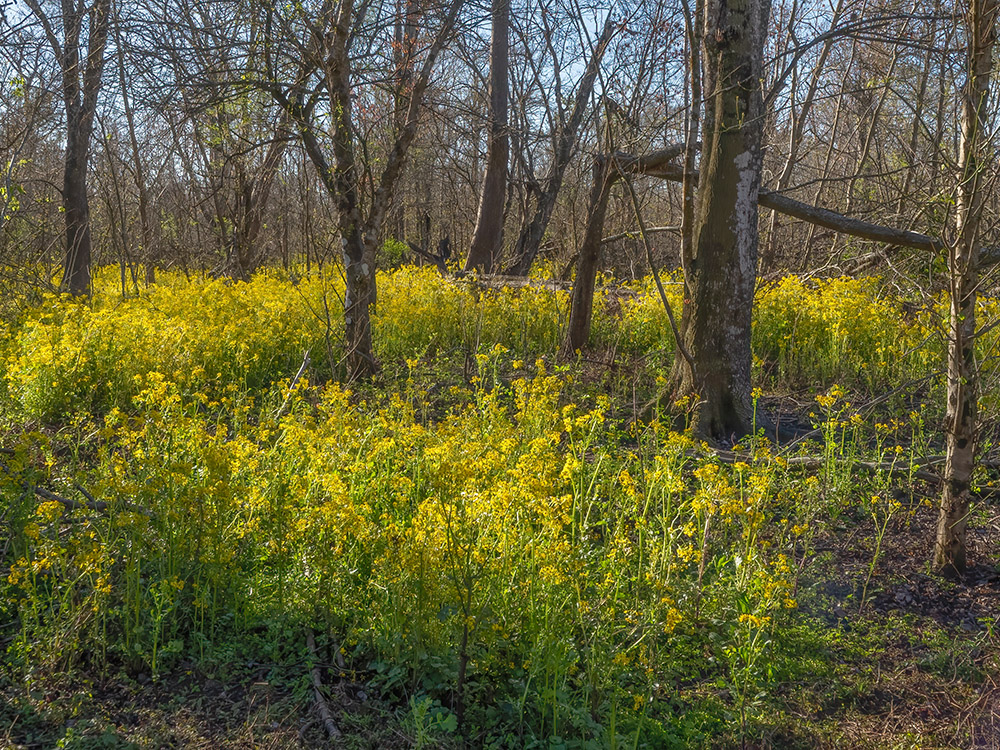
Nearly a decade of bird banding data
Volunteers have been trekking along the Woodlands Trail in Belle Chasse for the past nine years. They set up nets to catch birds that fly among the tall cypress trees in this urban forest. The 650 acre Woodlands Trail and Conservancy is located across the Mississippi River from downtown New Orleans. The bird enthusiasts plan to spend most of the day here, catching the feathered animals and banding them.

The Woodlands Trail area is a natural gem tucked away in a landscape of suburbs, highways and high-rise buildings. “In addition to being an area for wildlife, it also absorbs storm water and acts as a wind barrier,” explains Katie Brasted, executive director of the Woodlands Conservancy. She says the abundance of shade trees also helps to lower the temperature of the area. And the birds offer a type of report card on the health of the forest.
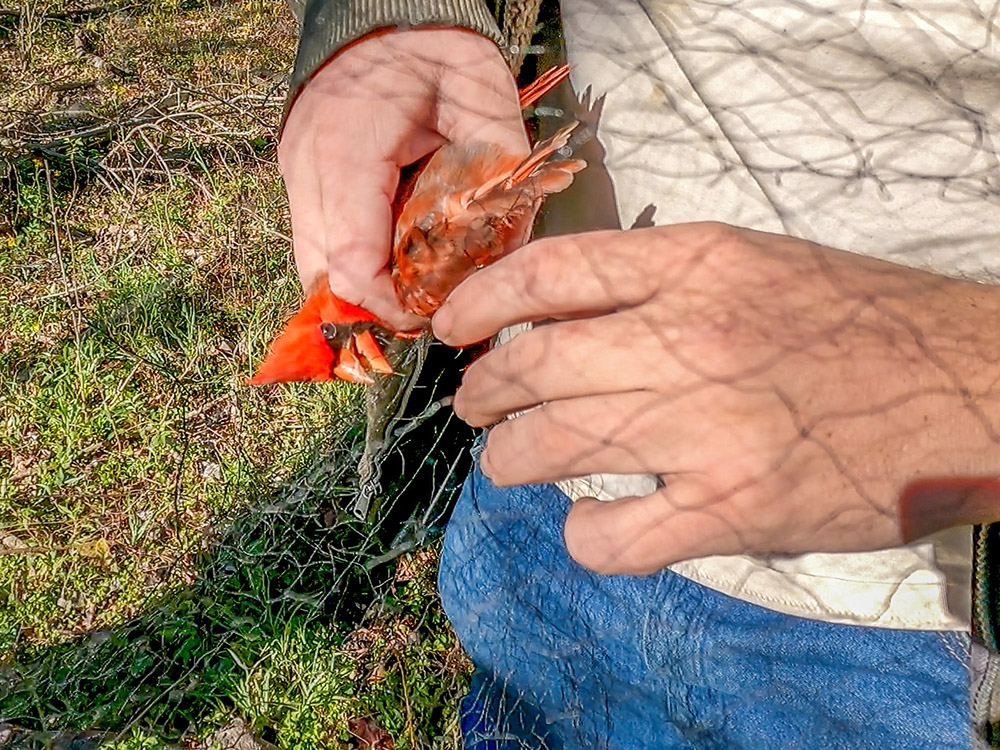
A quick inspection and a leg bracelet
It doesn’t take long before the first birds get tangled in several nets located along the trail. Volunteers carefully remove the birds from the thin netting and take them to a banding station. Jed Pitre, a science teacher from Thibodaux High School, repeats the inspection he’s done many times before while banding a bird. Gently holding the bird in his fingers, Pitre looks for signs of molting and disease. He measures the wing size and the bird’s weight. Then he carefully clamps a tiny numbered metal tag around the leg. The information is logged and will be added to an international bird database.
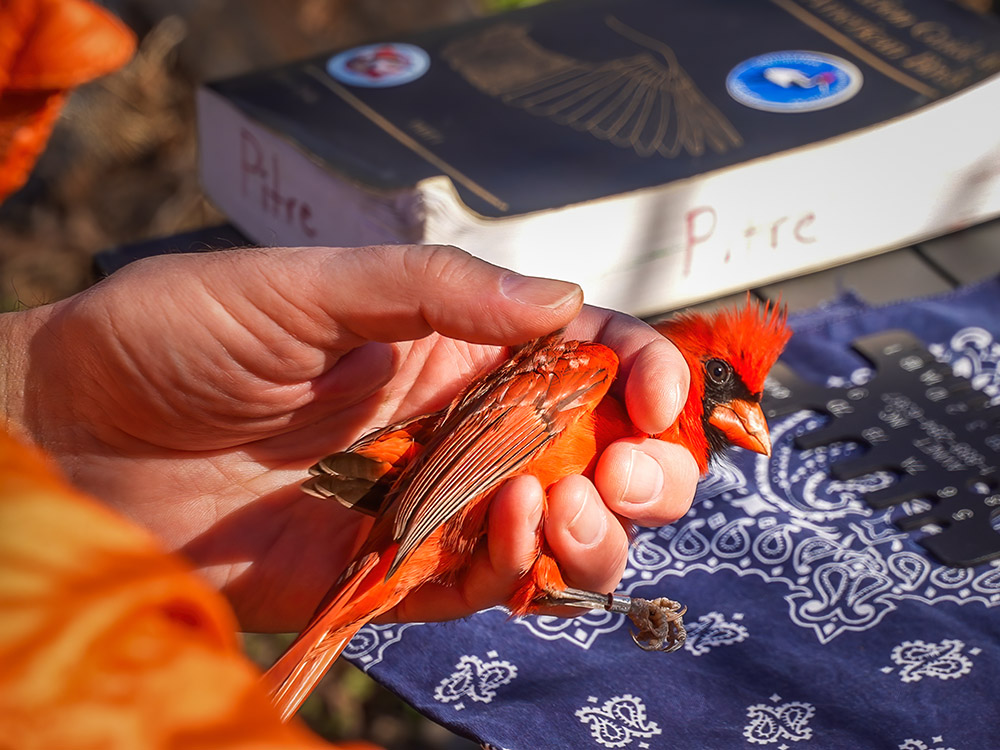
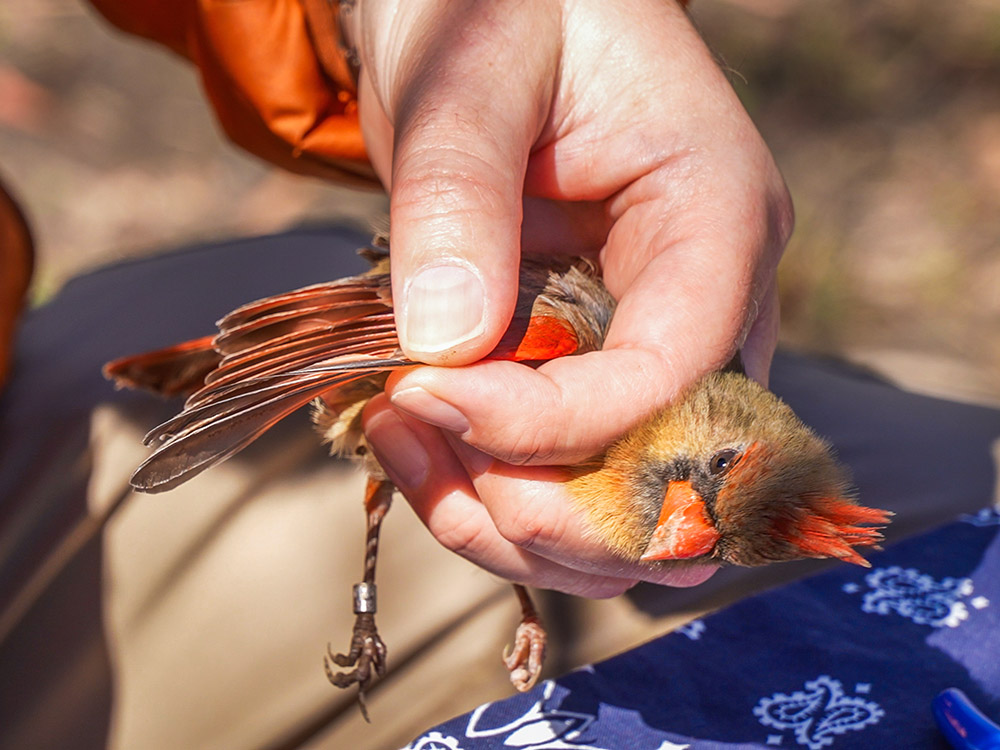
recaptured birds provide helpful information
Researchers have netted and banded 1,400 birds at the Woodlands Conservancy during the last nine years. Recaptured birds made up about 20 percent of that total. The recaptured birds are an indication of what Pitre calls “site fidelity”. “They’re using the same habitat every winter,” Pitre says. “And that’s something that could be important in the conservation of the species.”

Recent hurricanes have knocked down trees at the Woodlands Trail site which can lead to an explosion of invasive plants. Conservancy management uses herbicides to control the unwanted plants. Volunteers plant native trees in an effort to maintain the quality of the natural forested environment. The bird banding helps to document the changes, good and bad. “We’re able to track to see over time if there’s a change in the bird abundance and diversity,” explains Brasted.
tv feature on bird banding at woodlands trail
catch and release
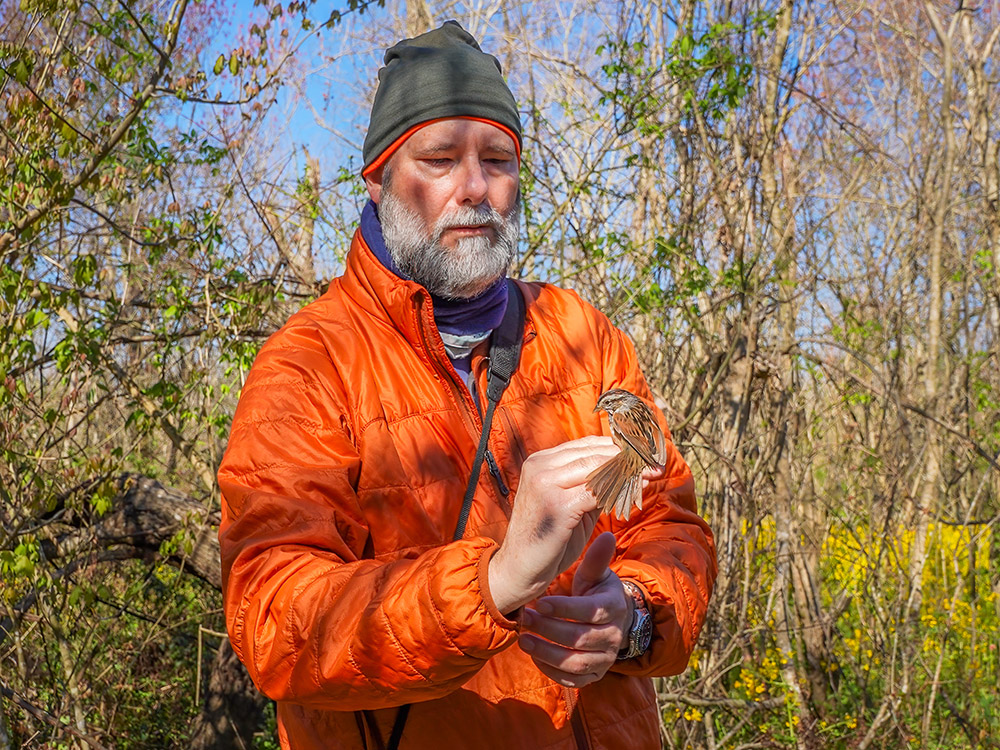
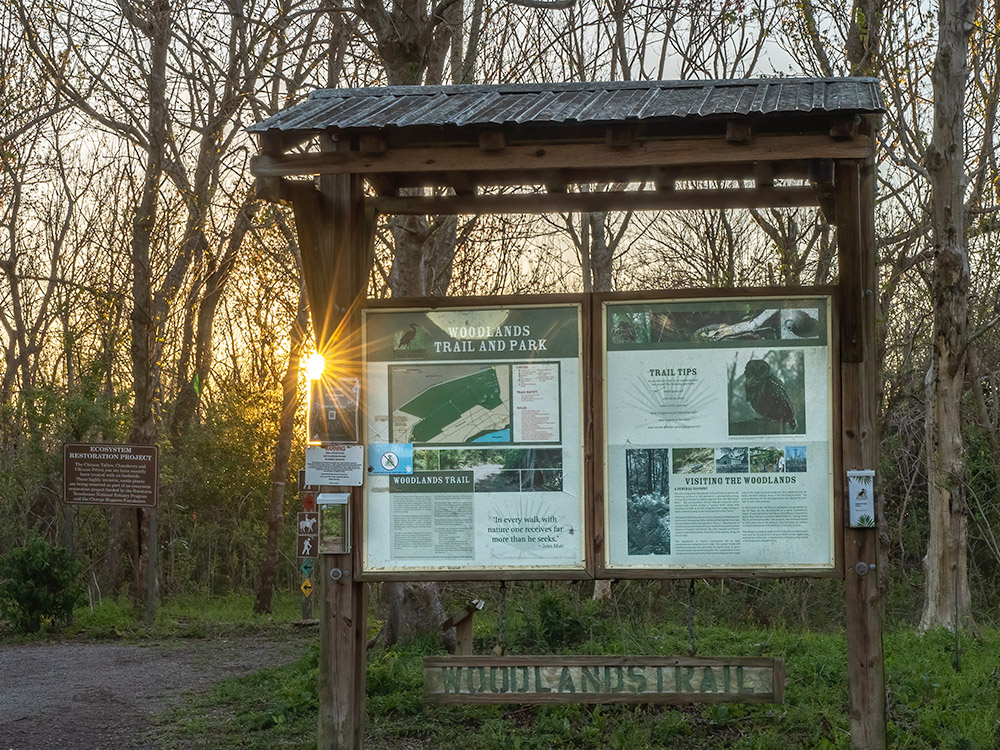
experience nature along the woodlands trail
getting there
The Woodlands Trail is located in Belle Chase, LA, only 8 miles from downtown New Orleans. The address is 307 F. Edward Hebert Blvd, Belle Chasse, LA.
307 F Edward Hebert Blvd, Belle Chasse, LA 70037


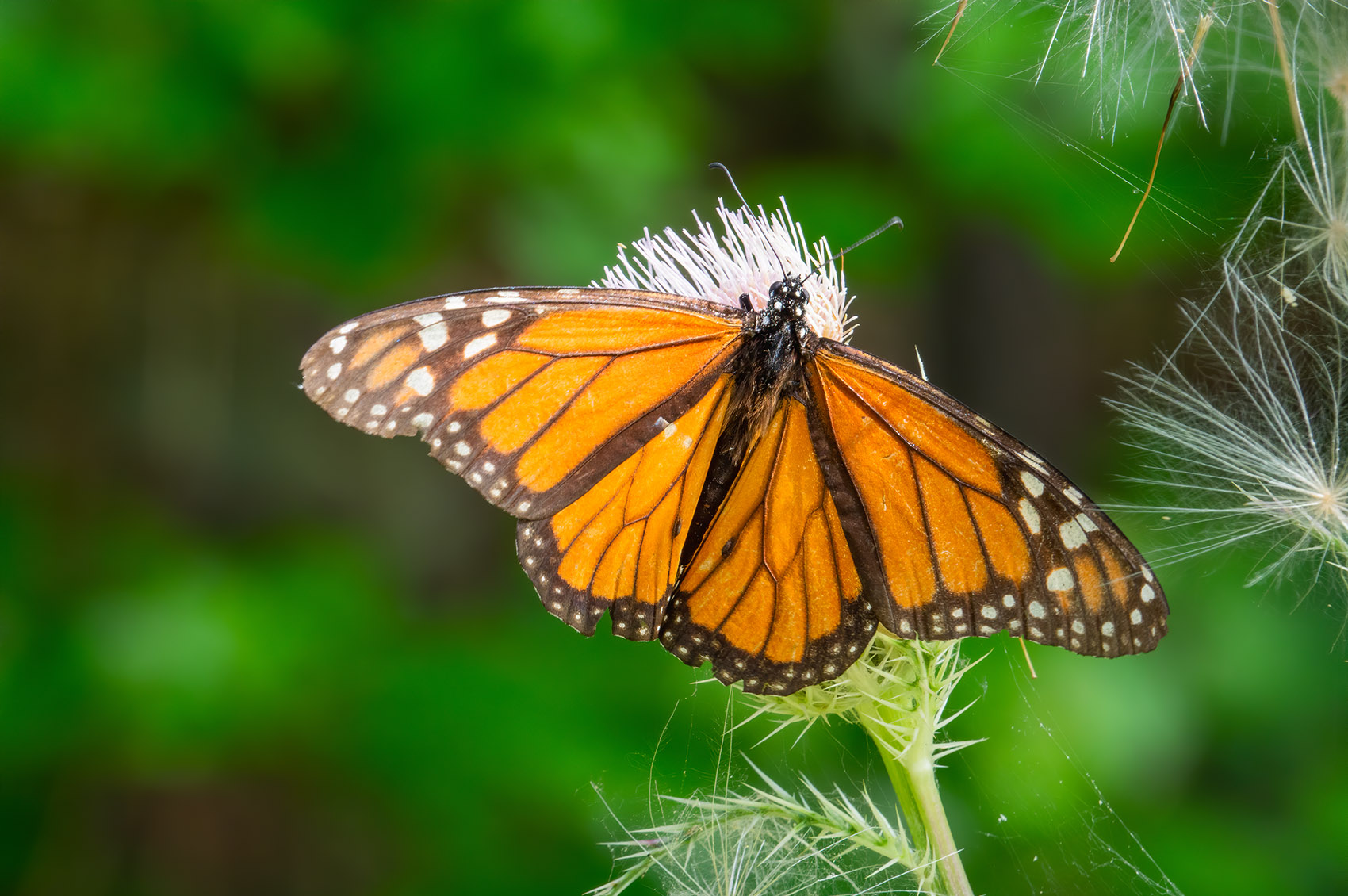
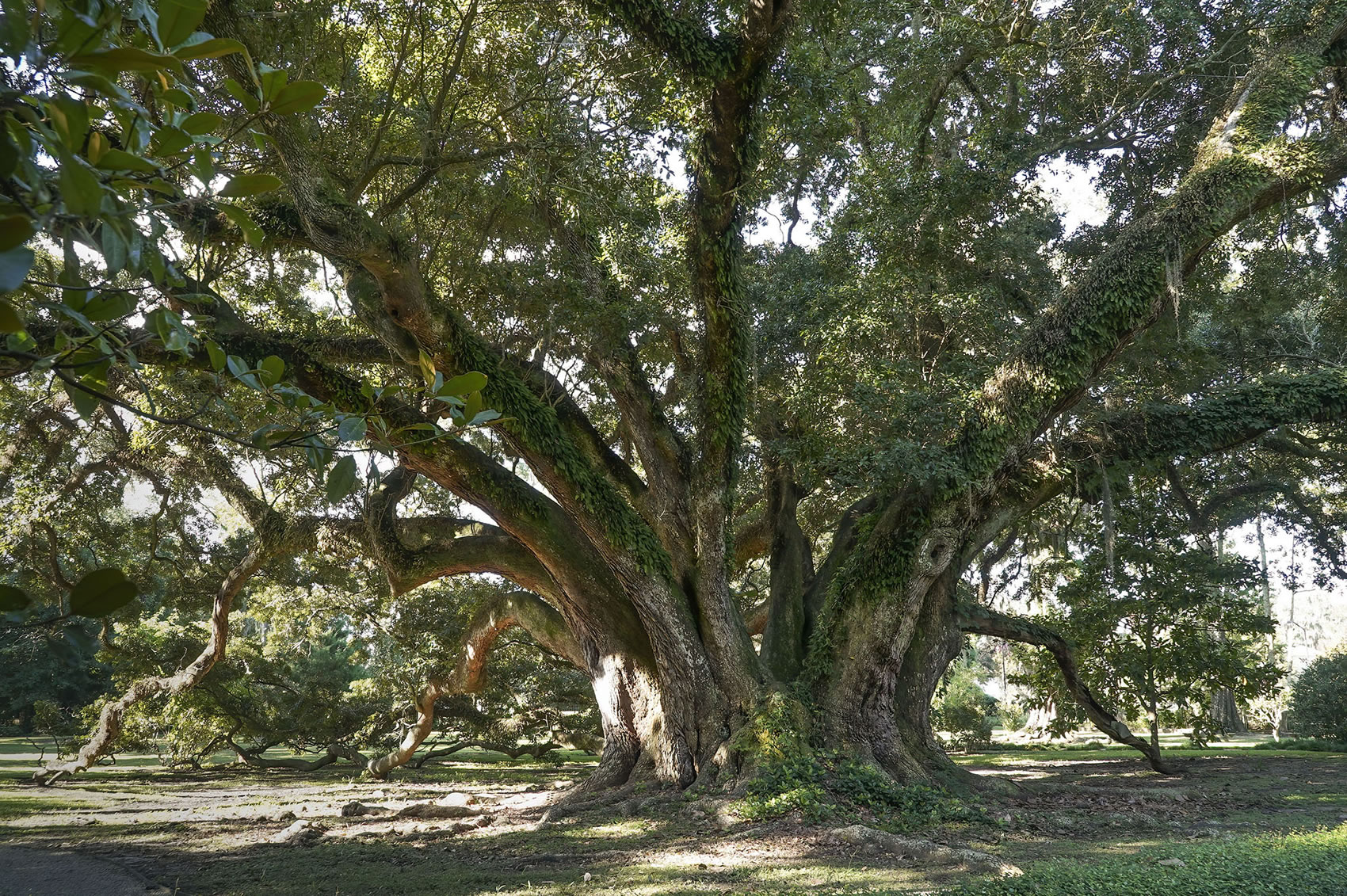
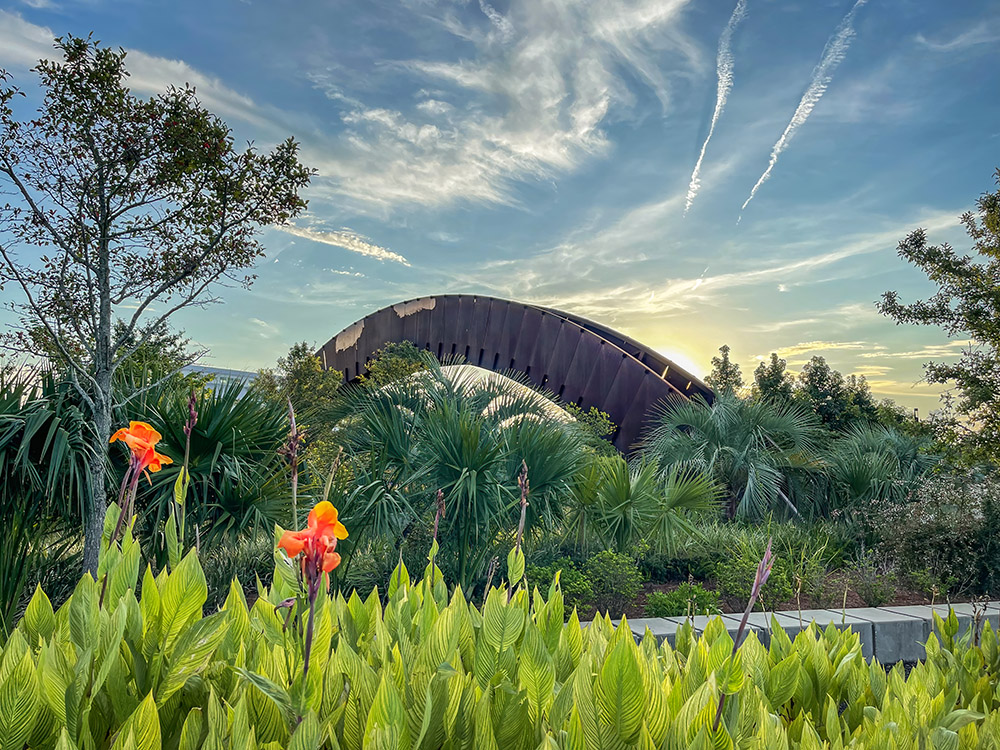
Richard Adams
How do I go about reporting a banded raptor?
Dave McNamara
Hi Richard. Here is info from the US Fish & Wildlife service in reporting a banded bird: If you have found or harvested a banded bird, please report it at http://www.reportband.gov. You’ll need the band number, or numbers, if the bird has more than one band.